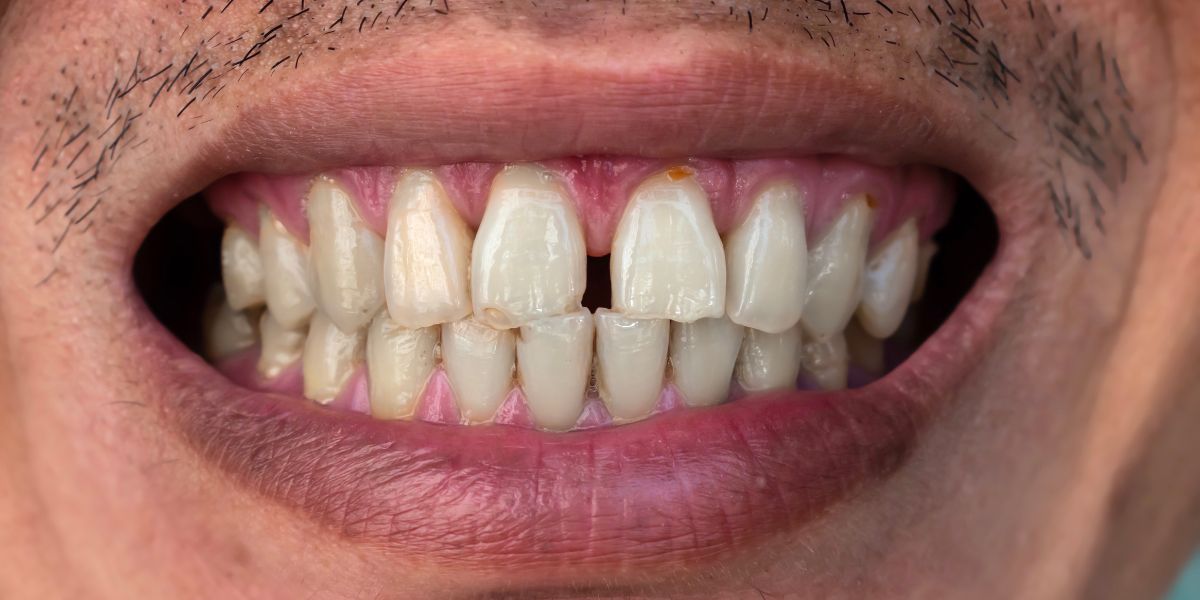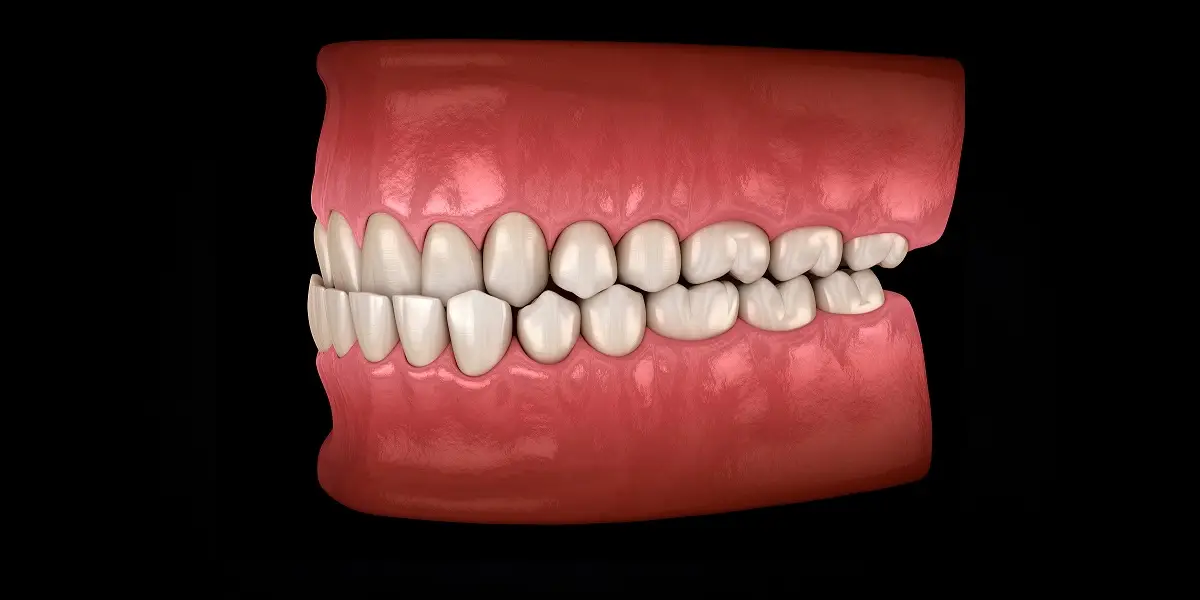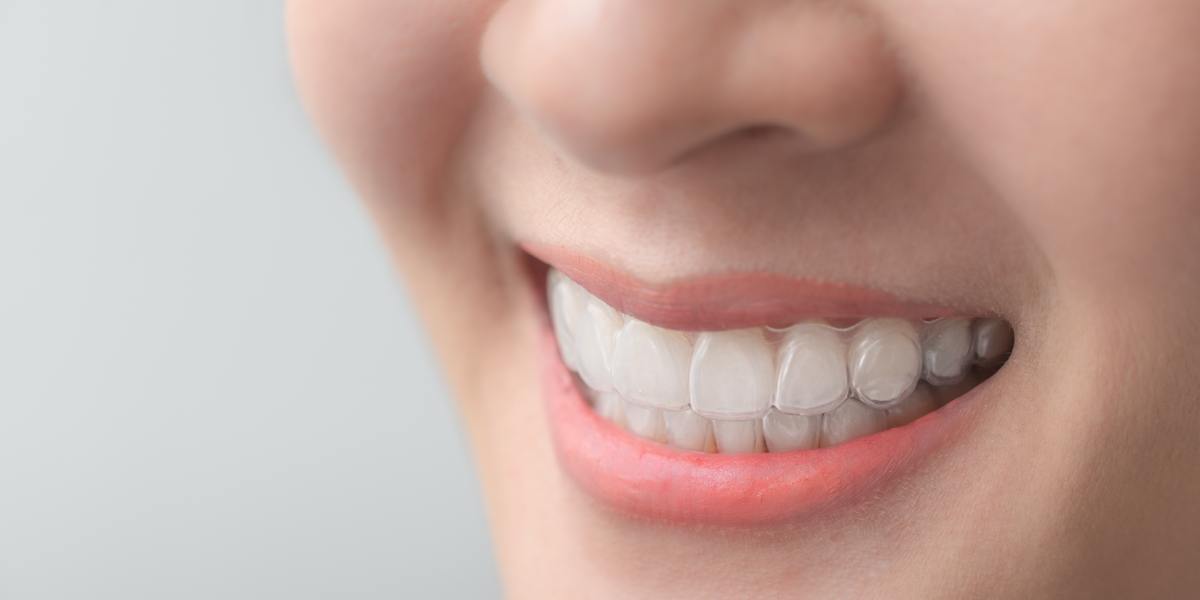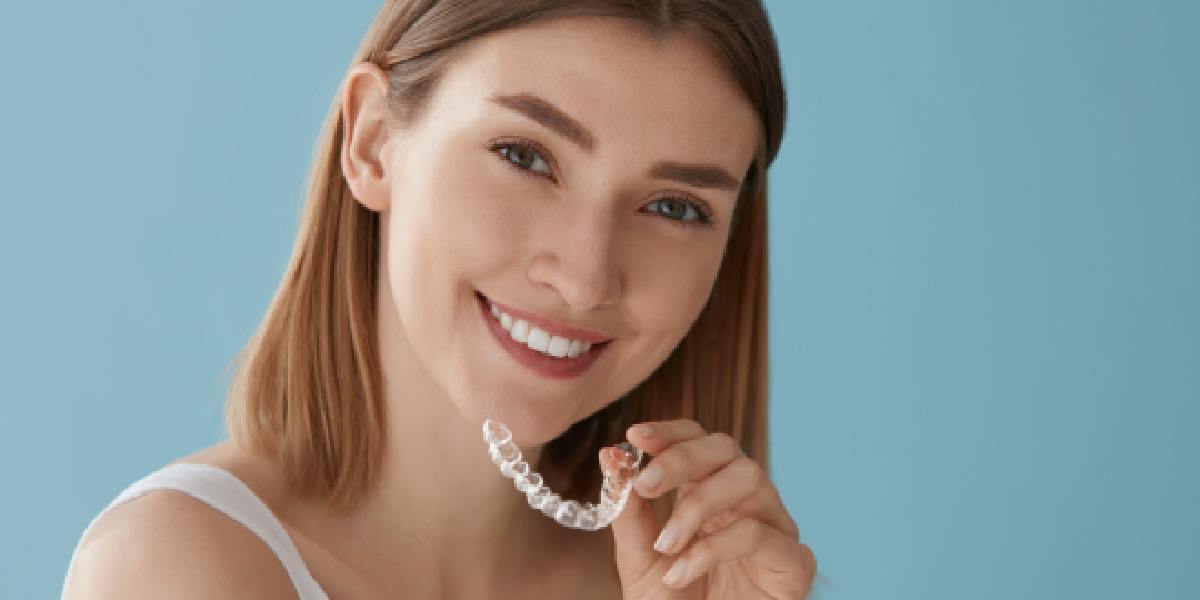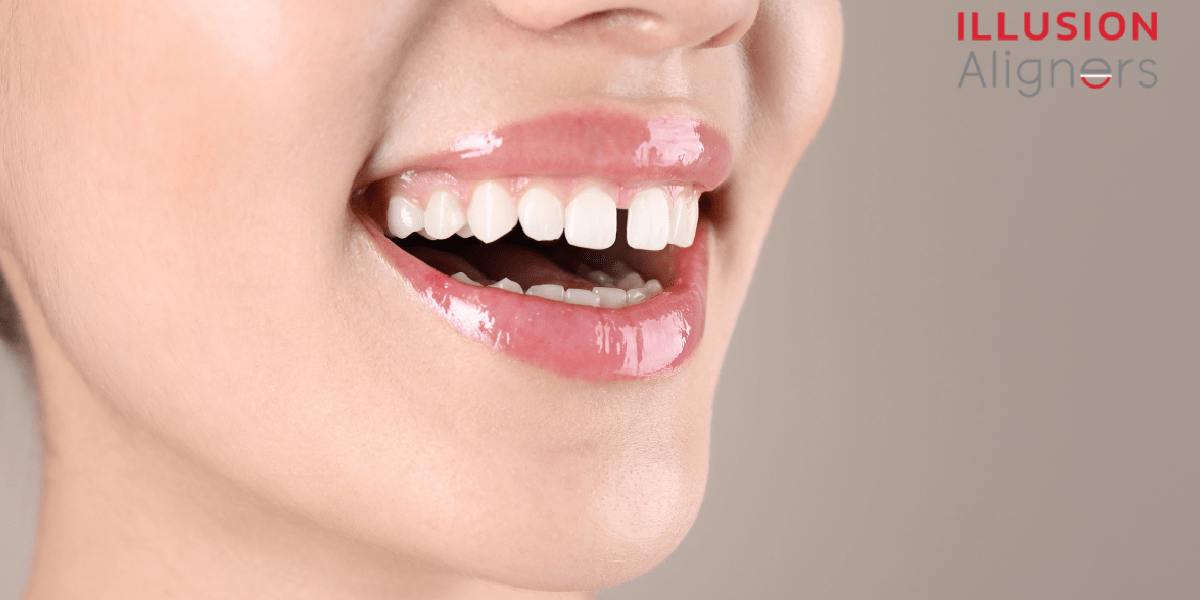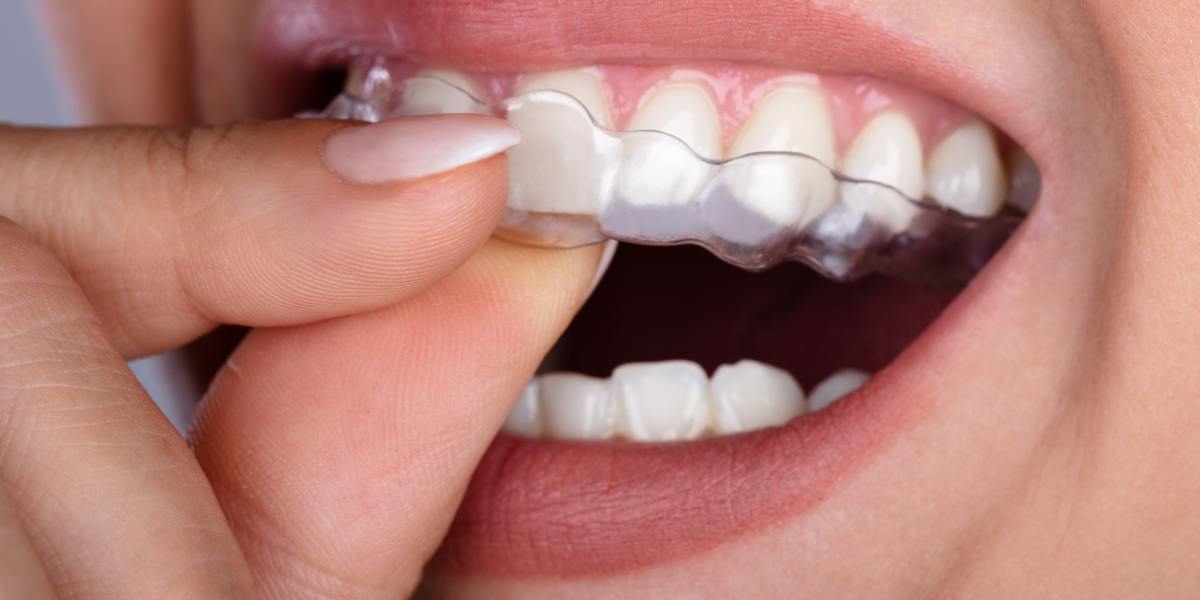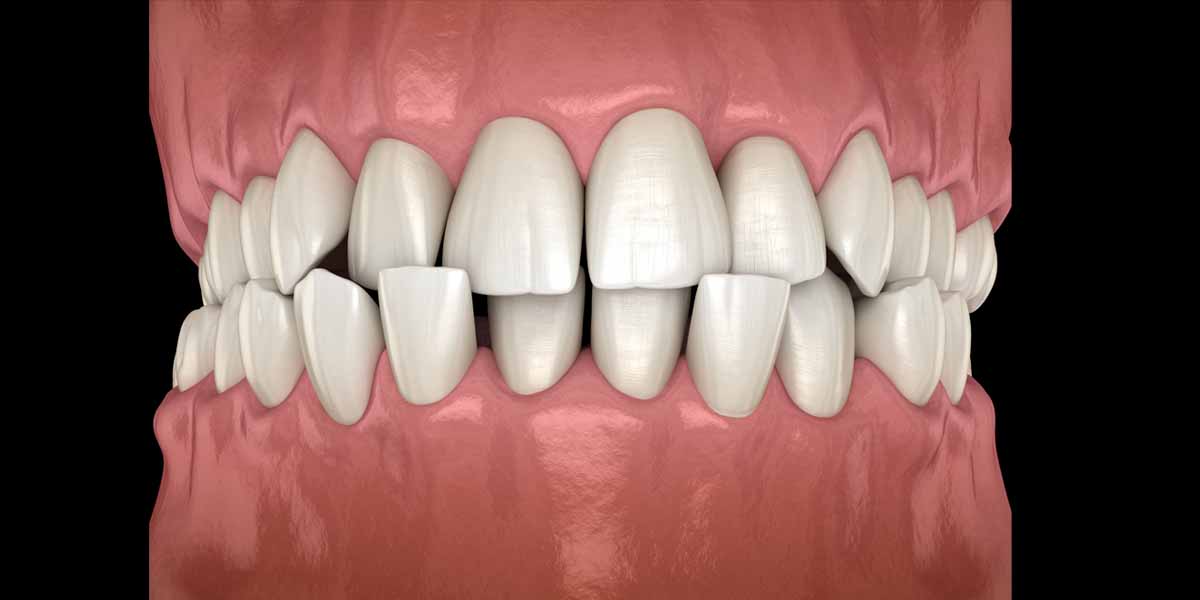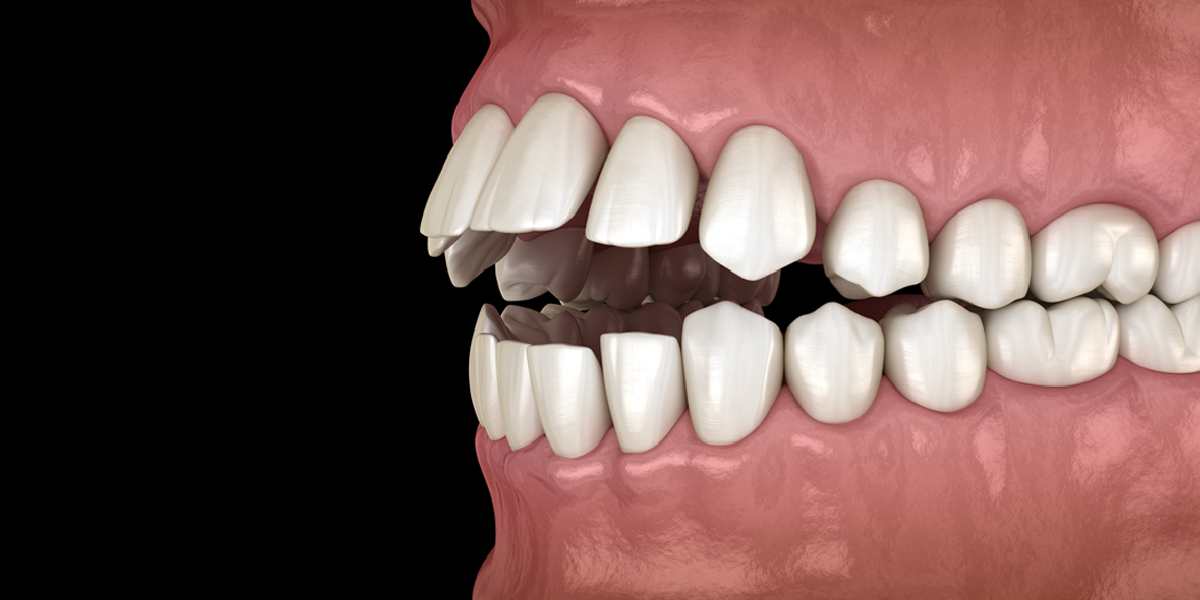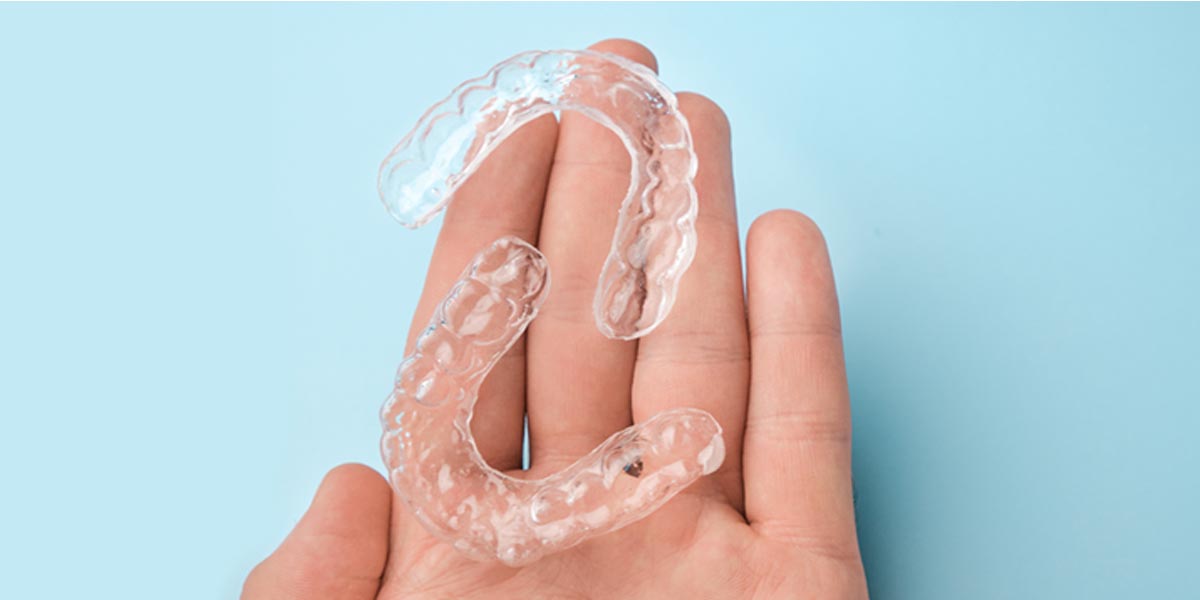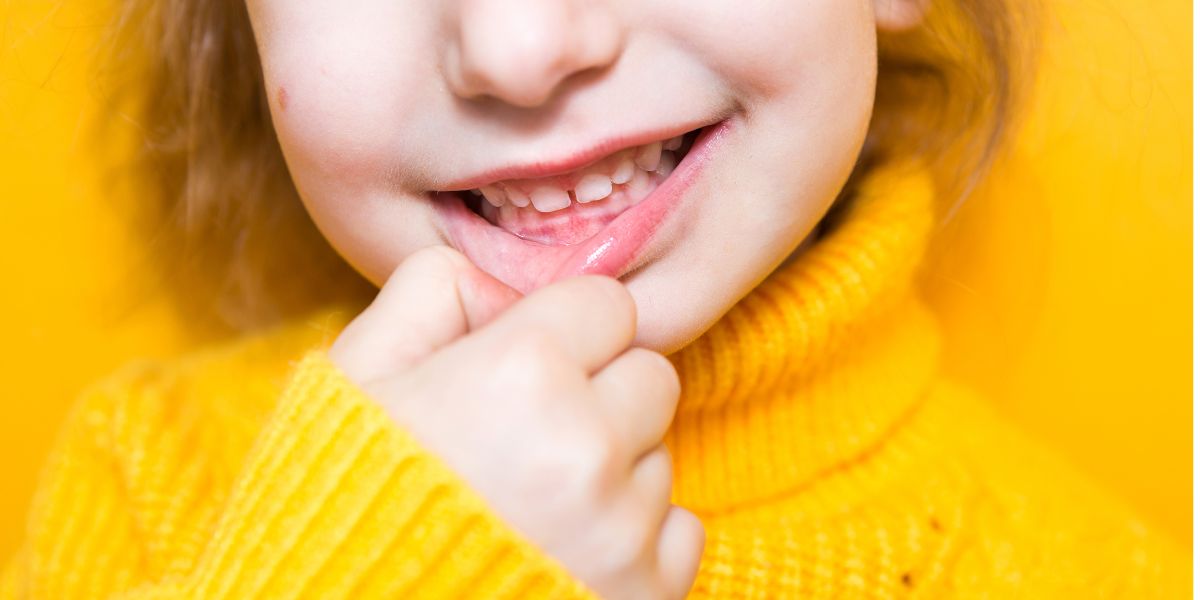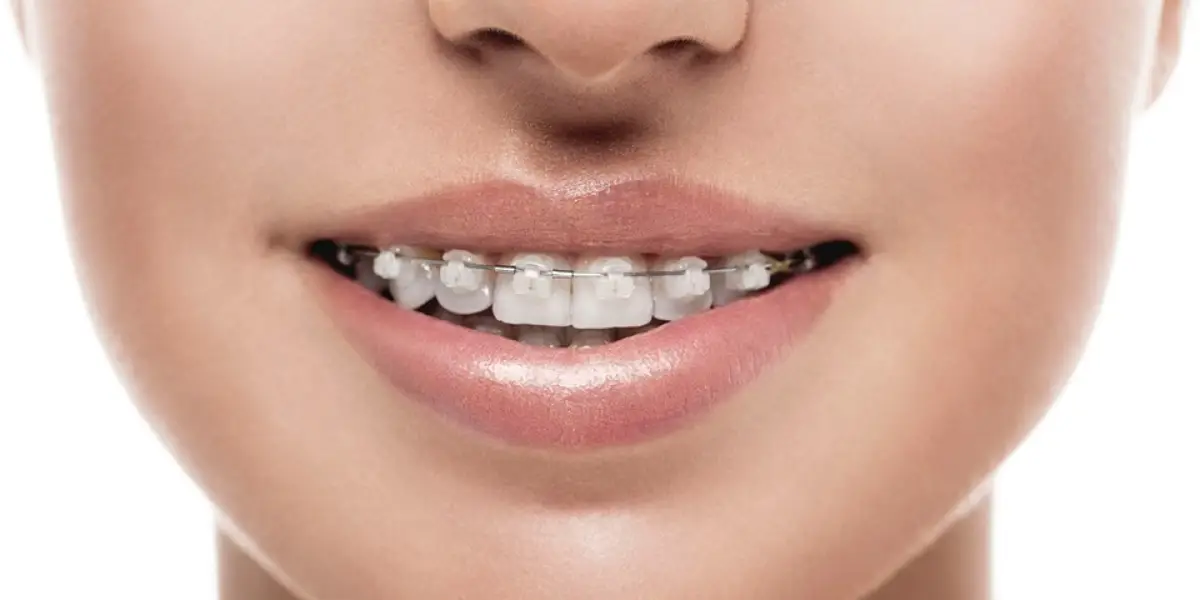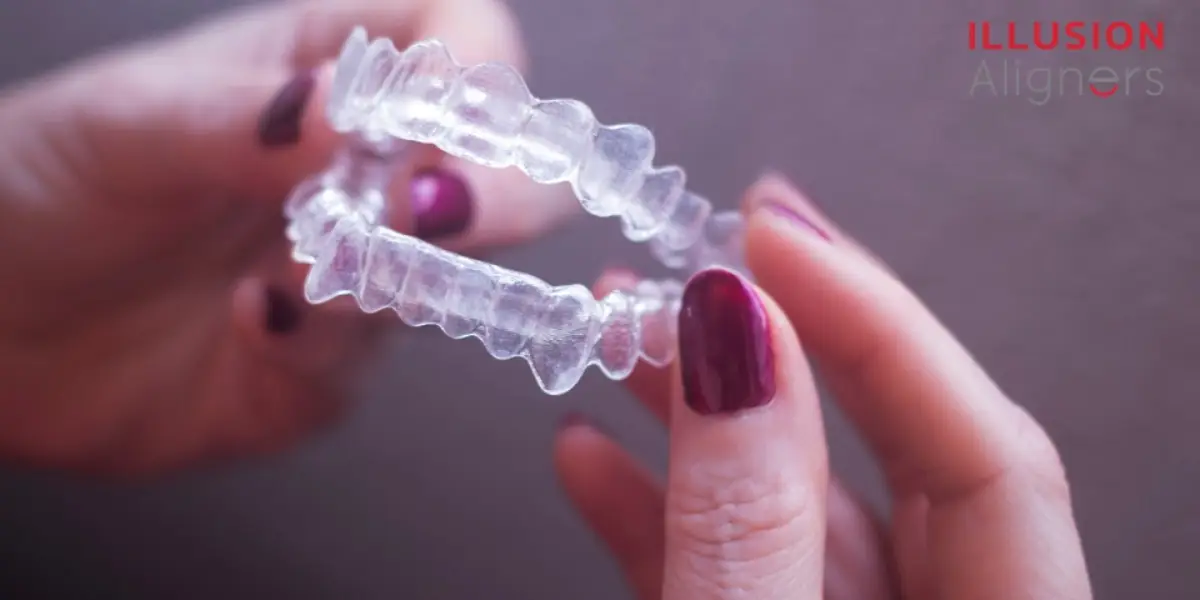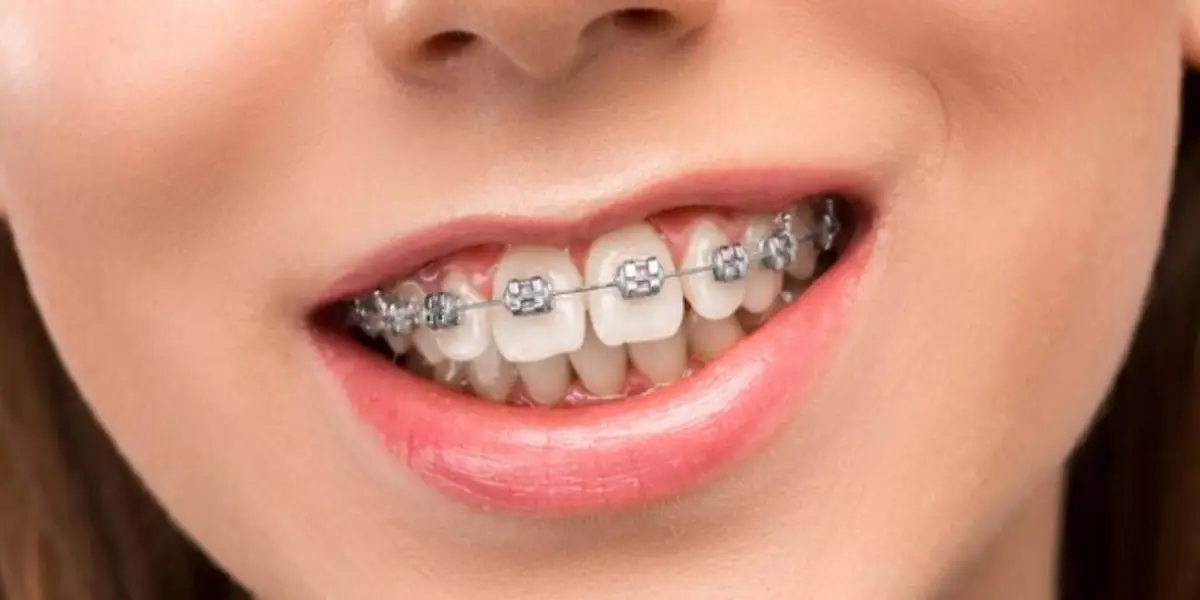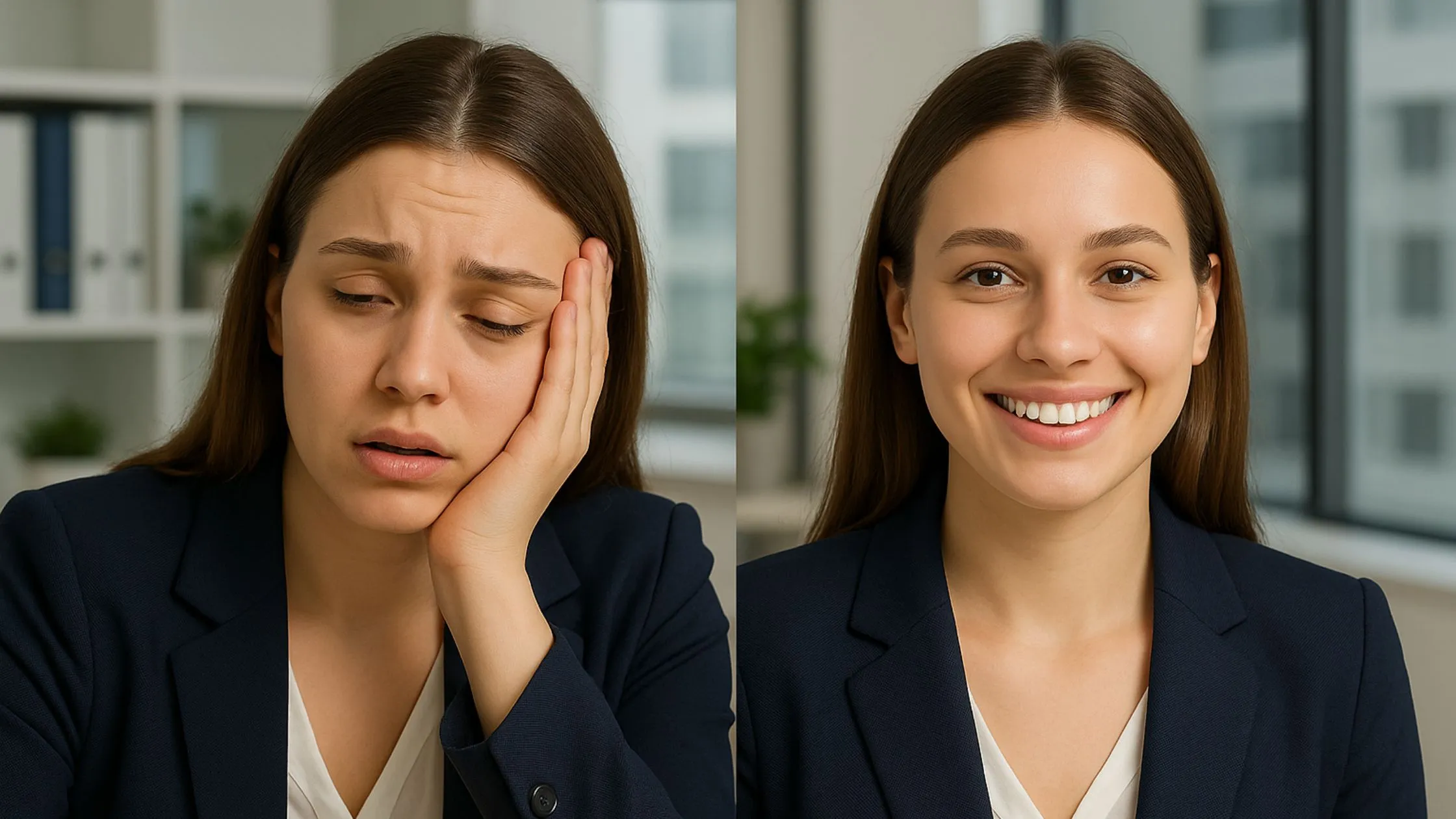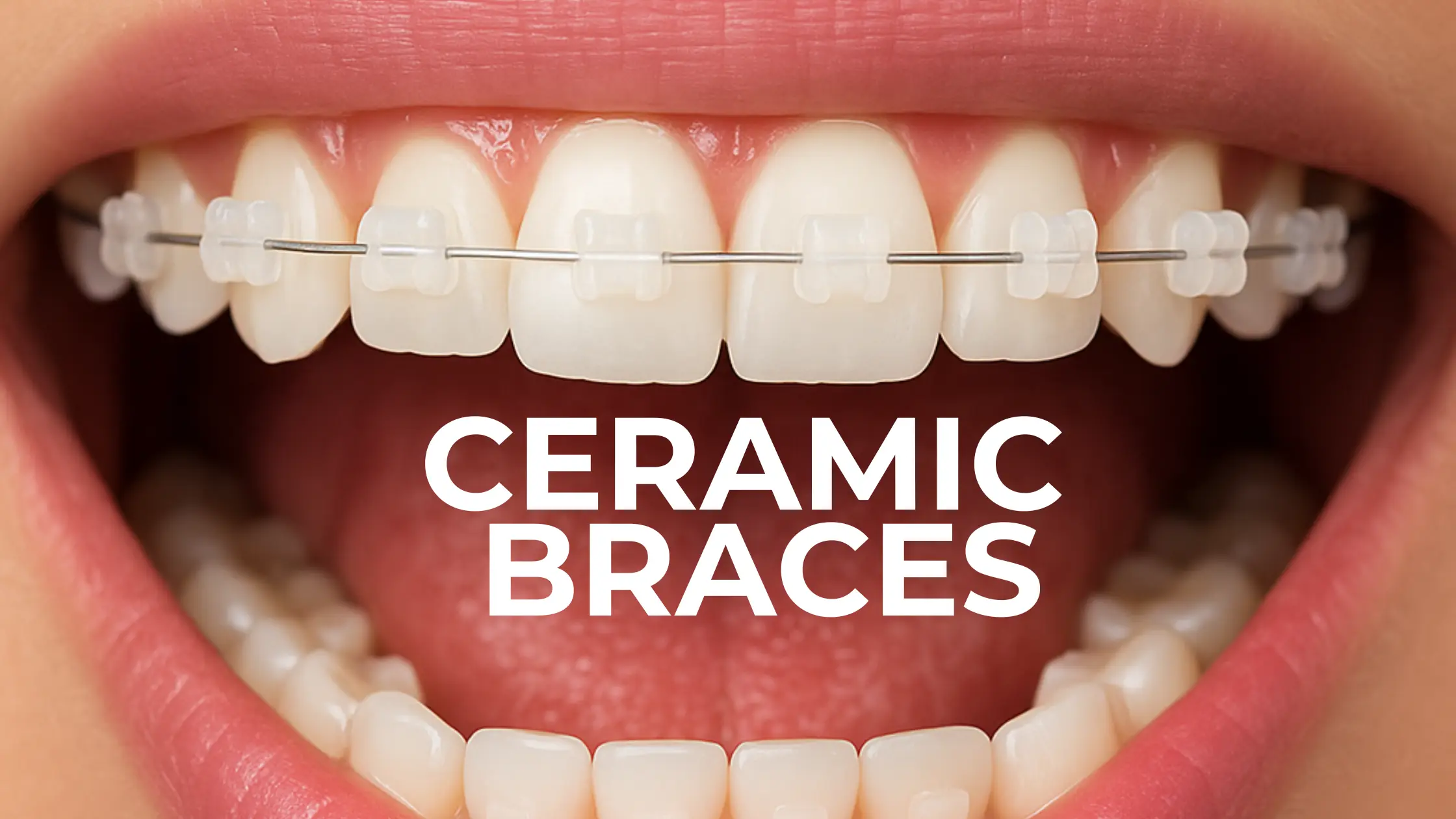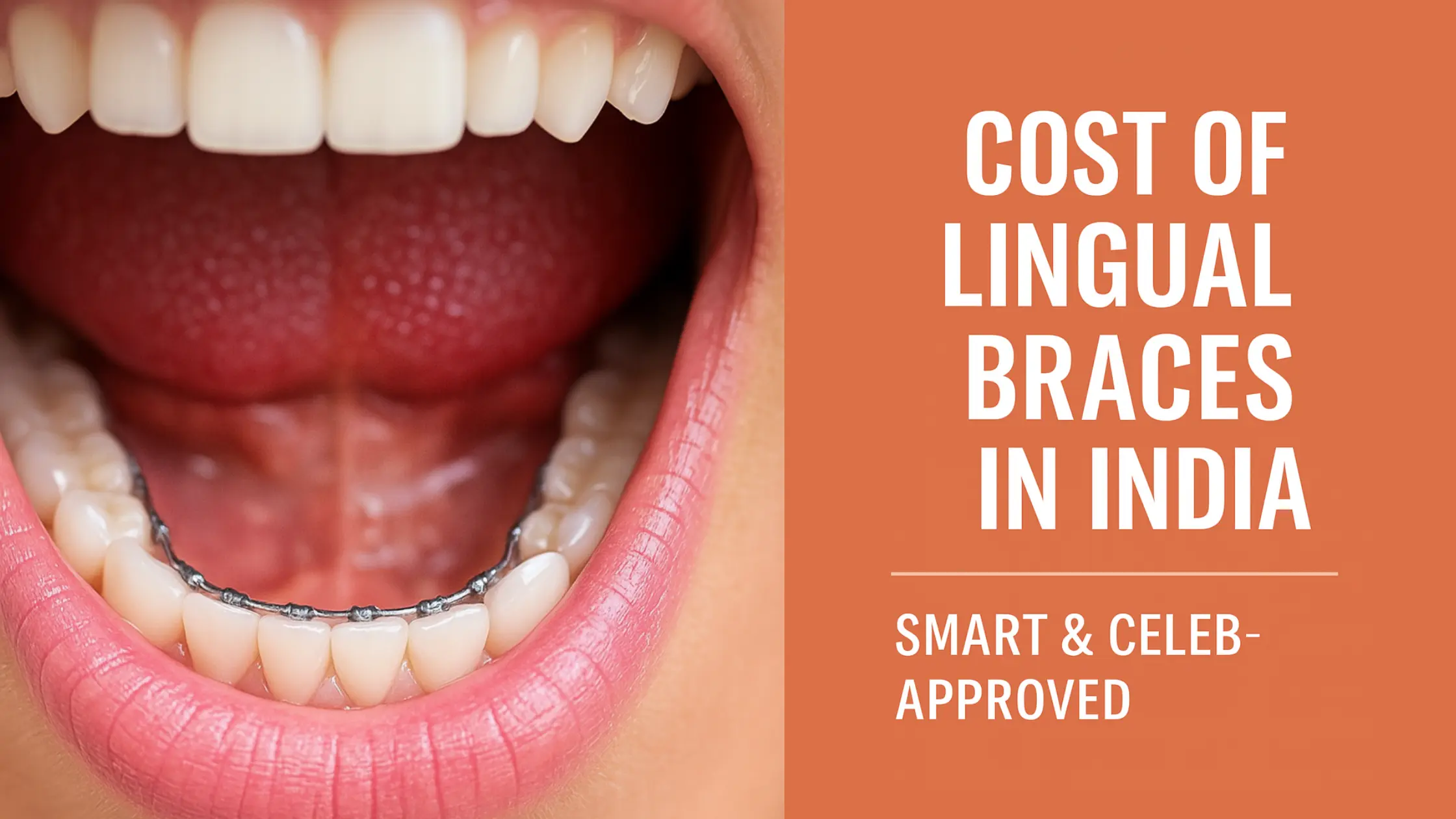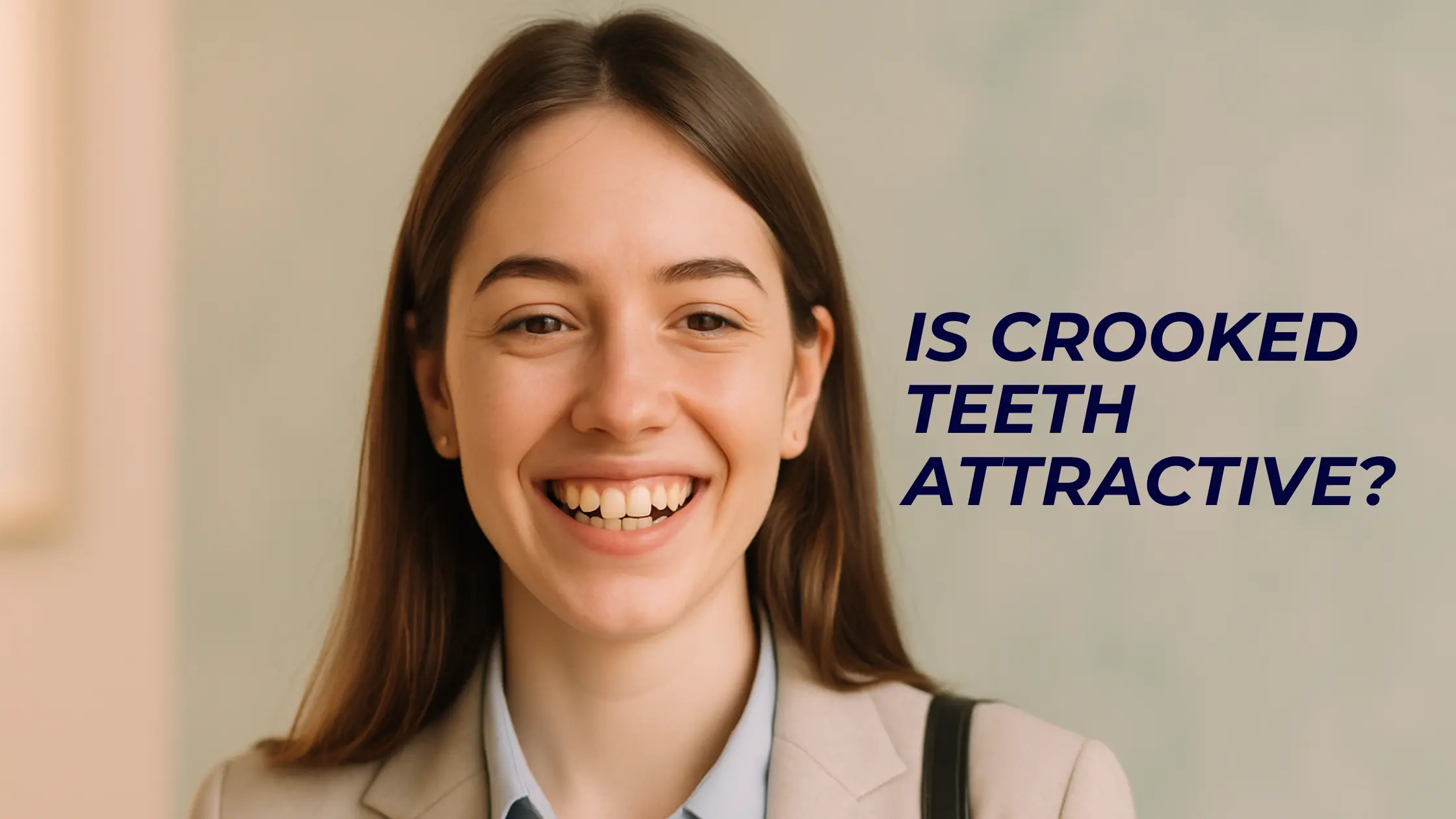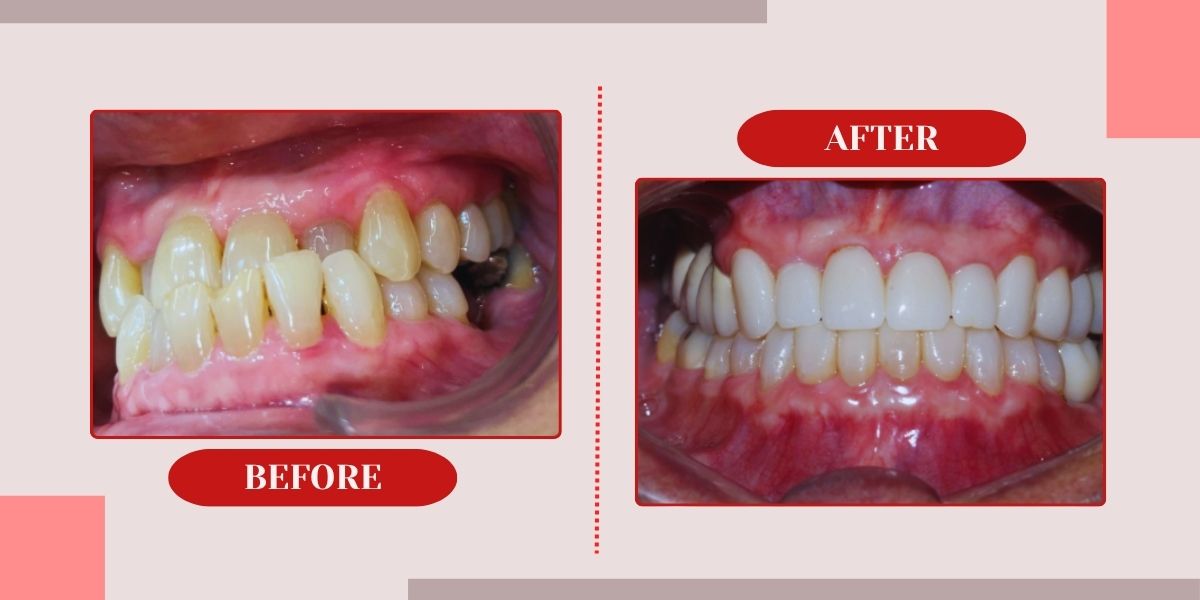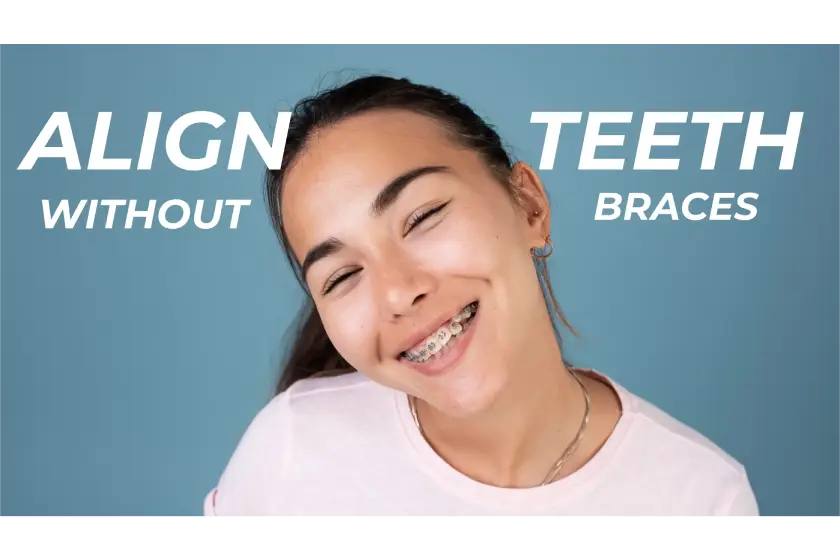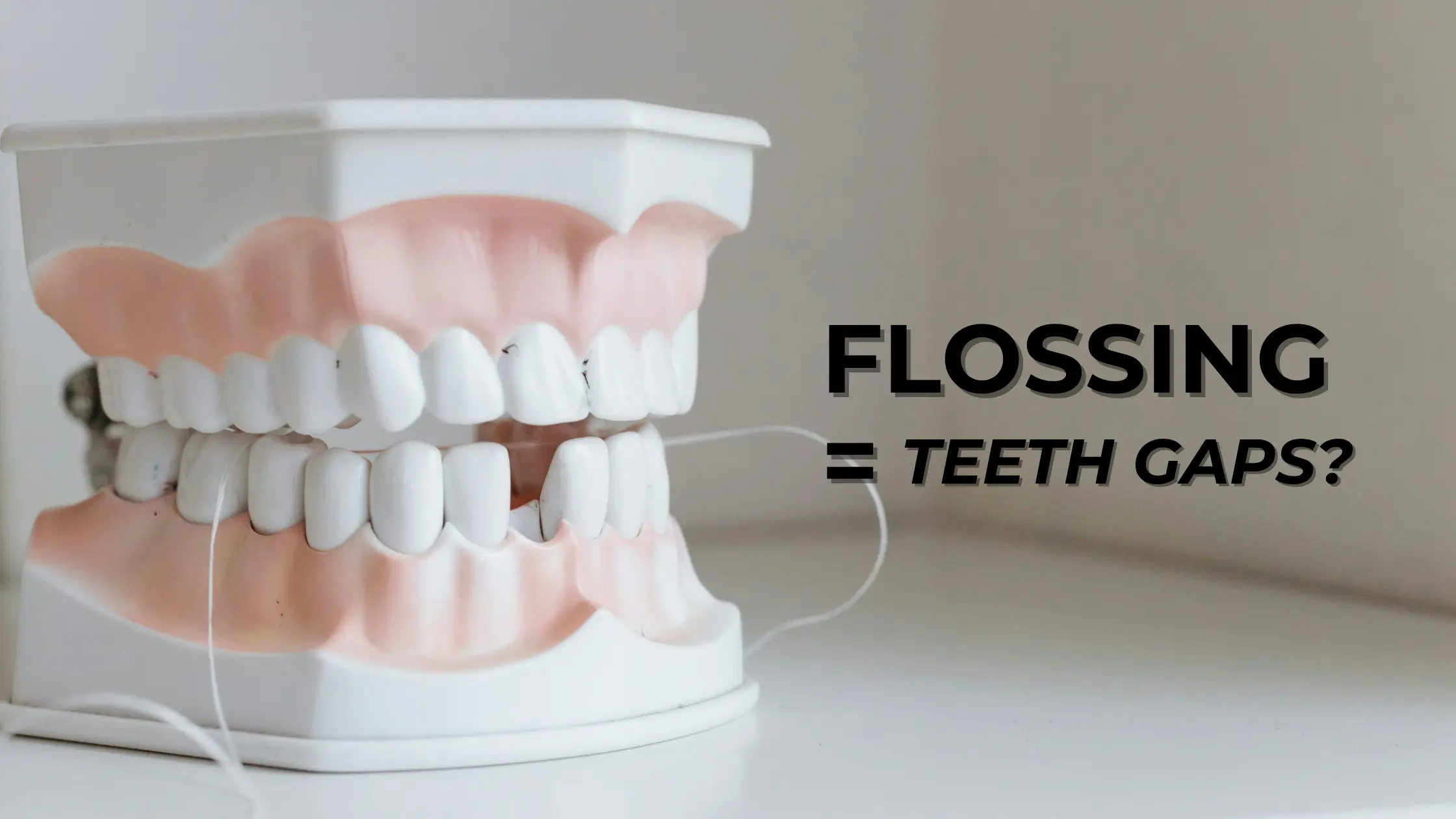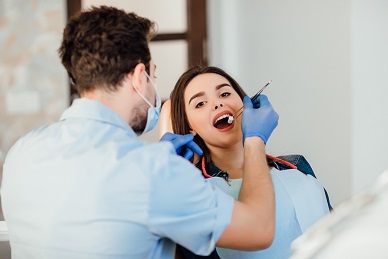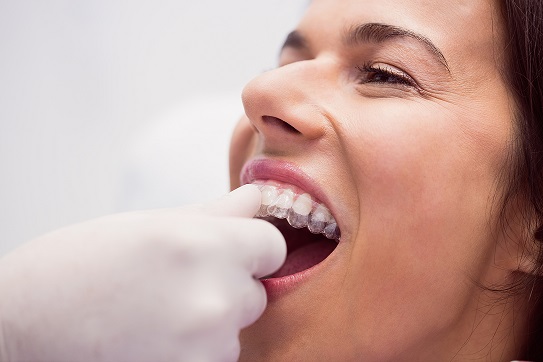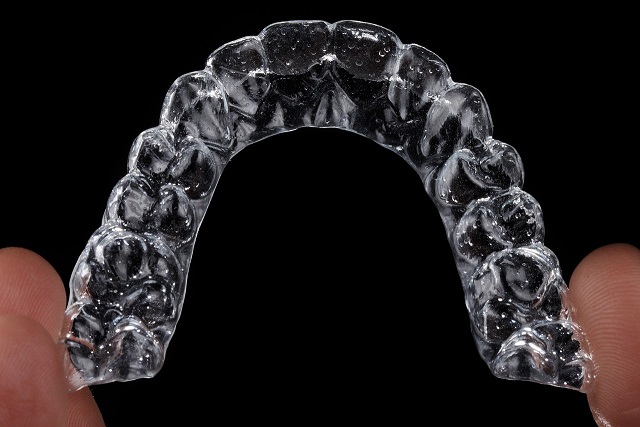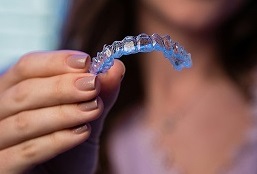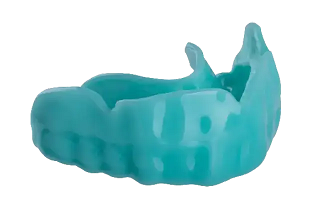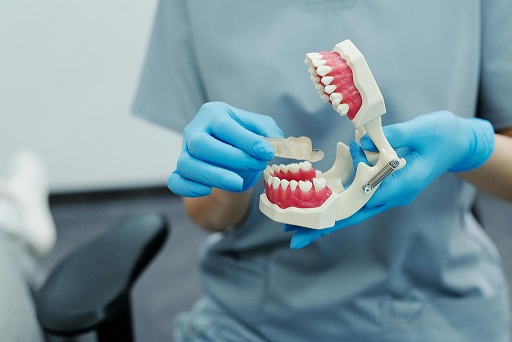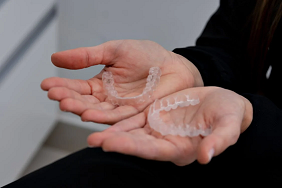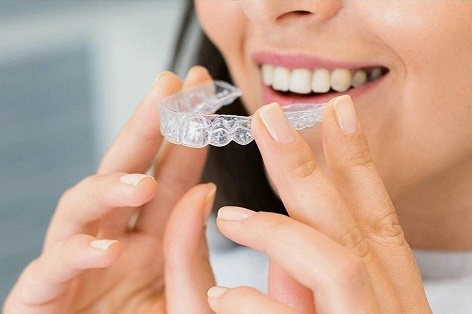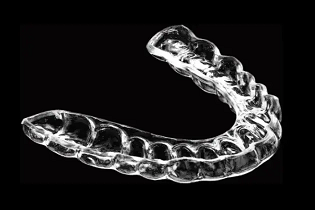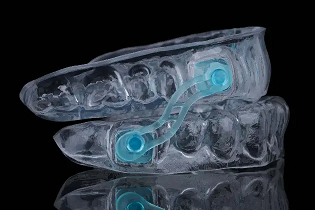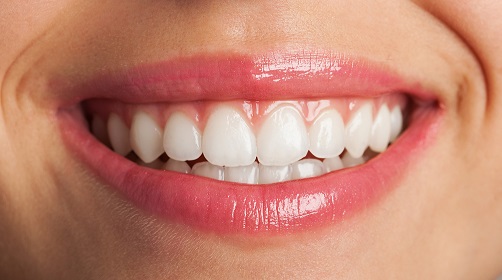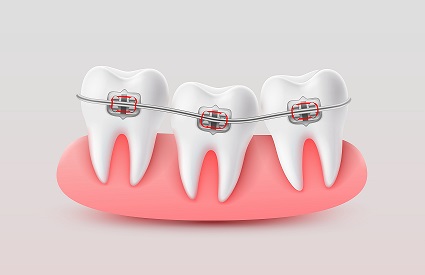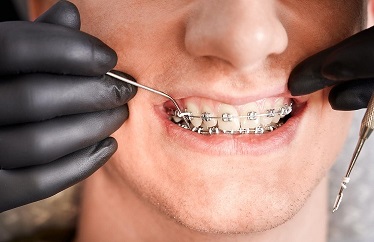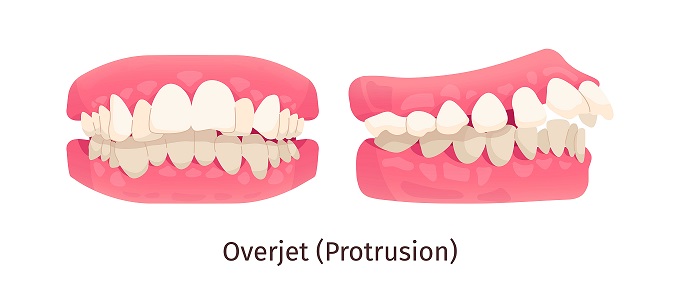2.jpg)
Publish on Jul 29, 2025
Everything about Overbite: Causes, Types, and Treatments
What is an Overbite?
When the jaws are closed, an overbite, sometimes called a deep bite, occurs where the upper anterior or front top teeth overlap the lower front teeth. The upper and lower teeth stray out of alignment, affecting how you chew, speak, and look. It is a relatively regular dental issue that can be resolved with orthodontic treatment or, in more extreme circumstances, with surgical intervention.
Types of Overbites:
Vertical Overbite:
The most common type, is where the upper teeth significantly overlap the lower teeth vertically.Horizontal Overbite ( Overjet ):
While not precisely an overbite, this occurs when the upper front teeth project horizontally beyond the lower front teeth. This is often referred to as "buck teeth"-
Open bites:
In this case, the upper and lower front teeth do not come in touch when the jaws are closed, leaving a gap. Deep Bite:
A severe overbite where the upper front teeth excessively cover the lower front teeth, often leading to enamel wear and jaw discomfort.
Differences between Overjet and Overbite
|
Aspect |
Overjet |
Overbite |
|
Definition |
The horizontal distance between upper front teeth and lower front teeth. |
Vertical overlap of upper front teeth over lower front teeth. |
|
Focus |
Horizontal positioning of front teeth. |
Vertical positioning of front teeth. |
|
Presentation |
Upper front teeth protrude beyond lower front teeth. |
Upper front teeth excessively overlap lower front teeth. |
|
Causes |
Genetics, thumb sucking, malocclusion, skeletal imbalances. |
Genetics, thumb sucking, malocclusion, skeletal imbalances. |
|
Interplay with Overbite |
Significant overjet can contribute to a deep bite. |
Overjet can affect the overall bite alignment and contribute to certain overbite types. |
|
Treatment approach |
Braces, Illusion Aligners, elastics, sometimes surgery. |
Braces, Illusion Aligners, elastics, orthopedic appliances, surgery in severe cases. |
|
Functional Impact |
Can affect biting, chewing, and speech. |
It can lead to chewing difficulties, jaw discomfort, and TMJ issues. |
|
Aesthetic Implant |
Can influence facial aesthetics and smile. |
Can affect facial aesthetics and smile harmony. |
|
Treatment Approach |
Orthodontic treatment is considered overjet alongside other factors. |
Orthodontic treatment plans include addressing overbite based on severity. |
Causes of Overbite:
Overbites can develop due to several circumstances, including:
Genetics:
The tendency to develop an overbite may be strongly influenced by family history.Long-term habits
like thumb sucking and pacifier use might cause the teeth and jaw to develop incorrectly.Malocclusion:
This includes dental misalignments and anomalies in jaw size.Skeletal Imbalances:
An overbite may result from irregular upper or lower jaw growth.Tongue Thrusting:
The location of the teeth and jaw can be impacted by incorrect tongue posture, size and function.
Effects of Overbite:
1. Dental Issues:
An overbite might eventually result in dental issues such as tooth wear, chipping, sudden abrasion in the front group of teeth or fracture. The front teeth may become worn down or destroyed under too much pressure. The continuous pressure can permanently damage the surrounding teeth and gums over time.2. Misaligned Teeth:
An overbite can result in misaligned teeth, crooked and crowded teeth. The degree of tooth decay and gum problems may increase due to this misalignment, as it poses difficulties in maintaining oral hygiene. This misalignment can happen in age groups whether it is baby teeth or adult teeth.3. Temporomandibular joint (TMJ) disorders:
Overbites may be a factor in TMJ issues. When the bite is out of alignment, the jaw joints are under stress, which can cause jaw pain, discomfort, jaw clicking, and restricted jaw movement.4. Articulation and Pronunciation Issues:
Severe overbites might affect speech by posing articulation and pronunciation issues. A lisp or other speech difficulties may result from this.5. Problems with Self-Esteem:
Overbites can impact one's looks and cause self-consciousness or low self-esteem. People could feel self-conscious when they grin or be reluctant to expose their teeth when speaking or smiling.6. Digestive Issues:
An overbite can sometimes make it difficult to chew food, which might result in digestive problems. Larger food particles entering the digestive tract as a result of improper chewing might have an impact on digestion and nutritional absorption.7. Breathing Issues:
Severe overbites may exacerbate breathing issues like snoring or sleep apnea. Breathing obstruction during sleep may result from the jaw alignment and teeth being out of position.Overbite Treatment Options:
1. Braces:
To treat overbites, traditional braces are frequently utilized. They apply continual pressure to move the teeth into the proper position gradually.2. Clear Aligners:
These transparent, removable clear aligners can also be utilized to fix overbites. The custom-made Illusion Aligners are changed every few weeks as the teeth gradually realign. These aligners make your teeth sit perfectly in them, so you can carry on your daily chores without any interference.3. Functional appliances:
By encouraging healthy jaw development and posture, these removable appliances are generally utilized in children and teenagers to treat overbites.4. Headgear:
Headgear may occasionally be worn in addition to braces to address severe overbites. It controls the development of the jaw and teeth by applying external pressure.5. Jaw surgery:
Orthognathic surgery may be advised in extreme cases if a jaw misalignment brings on the overbite. The jaws are moved during this procedure to enhance the site's functionality and appearance.It may or may not include one or more tooth extraction as well.Overbite Treatment Cost in India:
The price of overbite therapy in India may differ depending on the extent of the malocclusion, whether there is multiple teeth involved or only a single tooth is affected. The selected course of treatment and the region also matters. Orthodontic treatment might cost anywhere from a few thousand to several lakh rupees. Surgical procedures are more expensive if they are required.
Conclusion:
One needs to understand the concept of overbites to take action quickly and ensure complete recovery. The reader has gained knowledge about this prevalent dental issue after reading this article, which also investigated the various treatment options. Illusion Aligners made with modern technology provide a comfortable, convenient and safe solution for treating overbites with absolutely no dietary restrictions and minimal dental visits. Consult a dentist if you believe you may have an overbite to determine the best course of treatment for your specific situation. Awareness of the various types of malocclusions and proactive maintenance are the first steps to a healthier, better-aligned smile.
Medically Reviewed By Dr Jaineel Parekh, MDS orthodontics
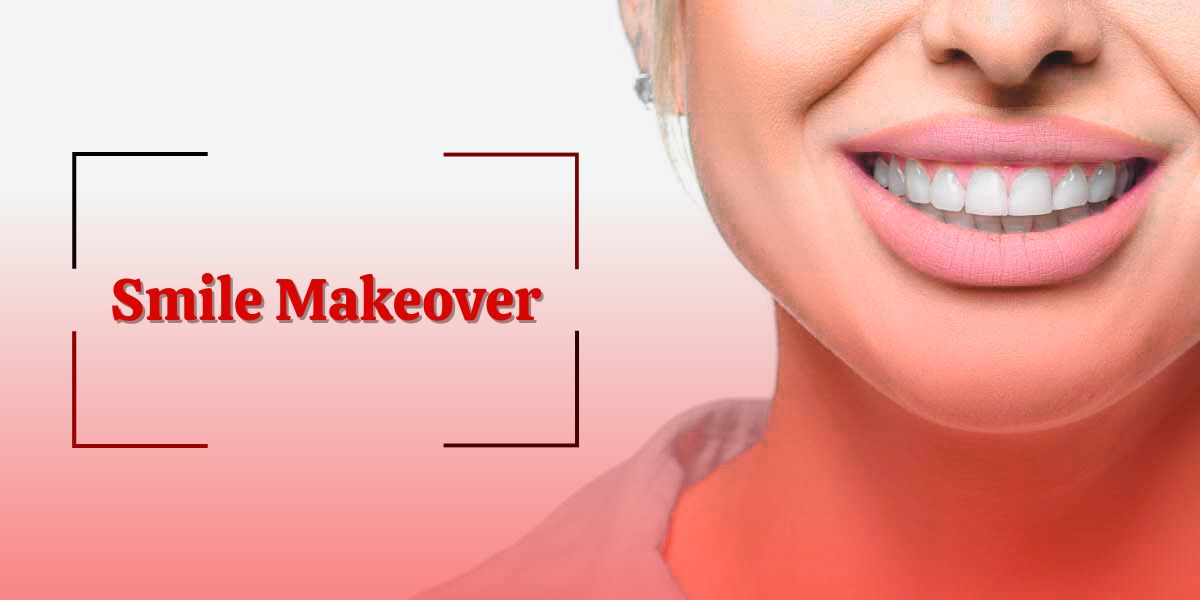

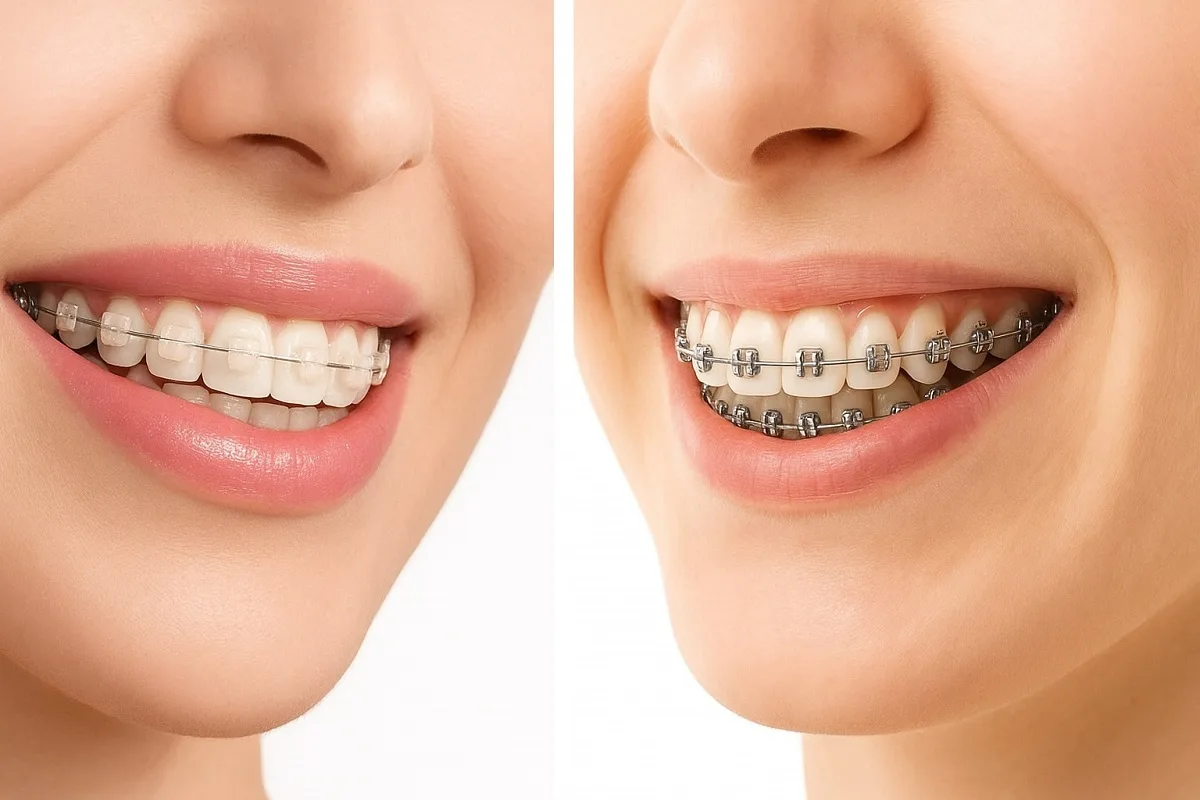
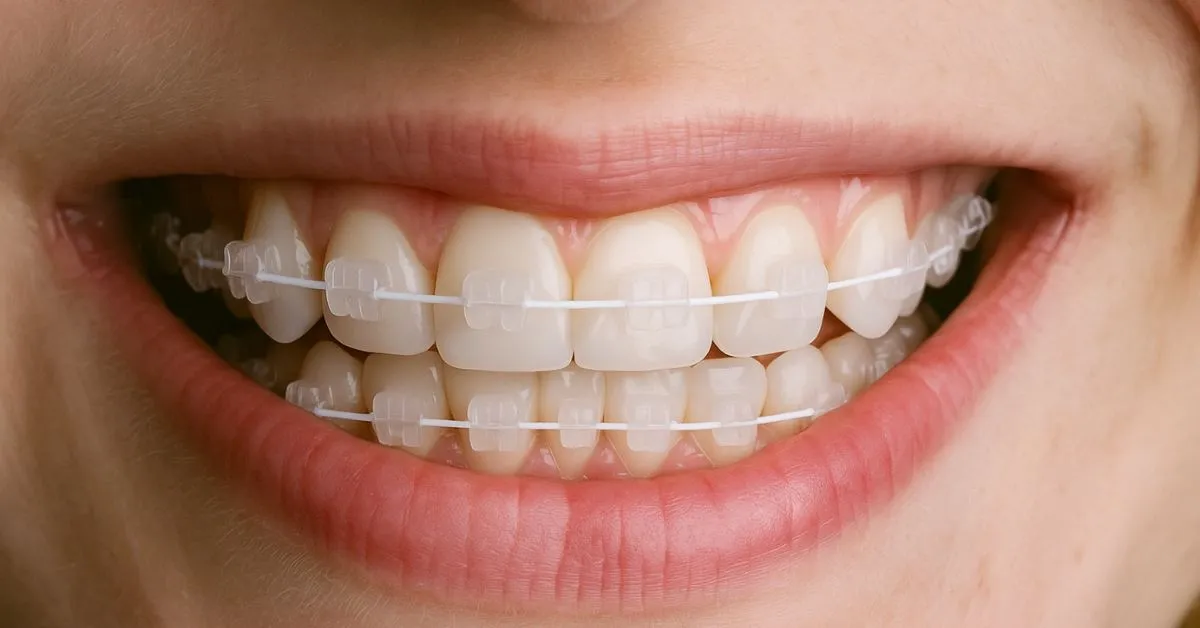
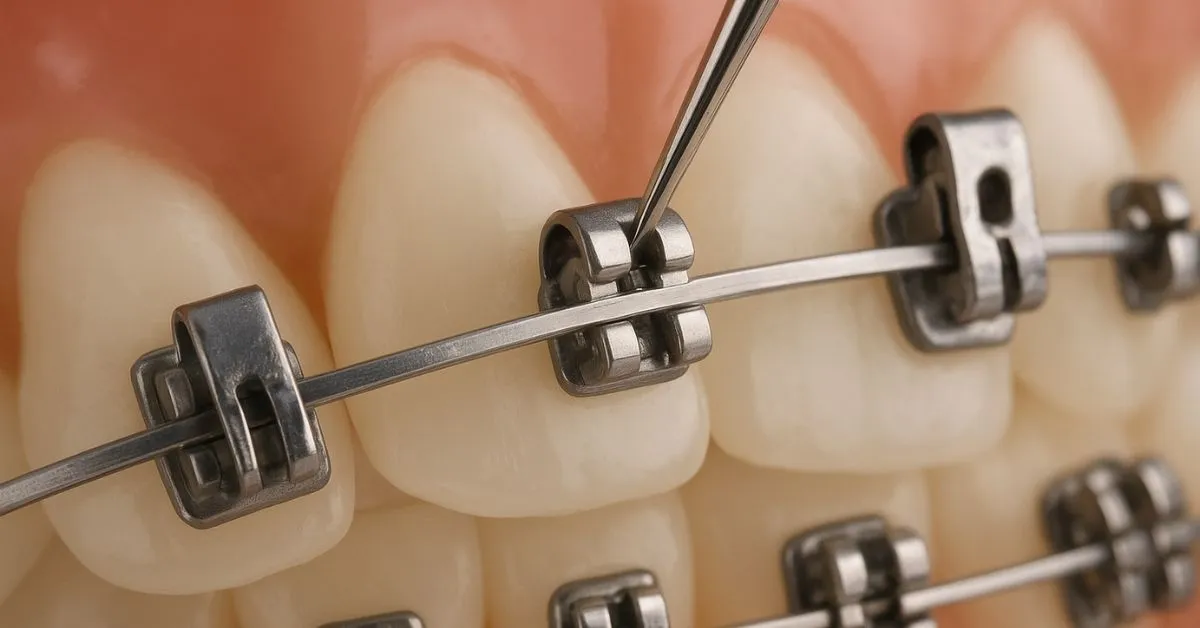
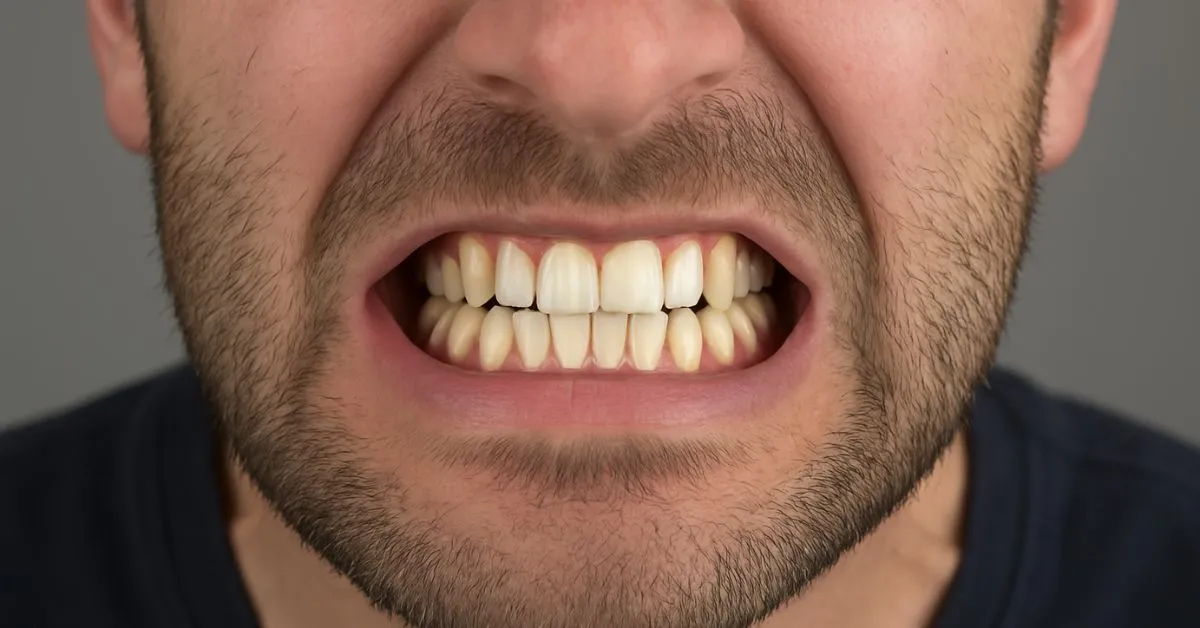
.webp
)
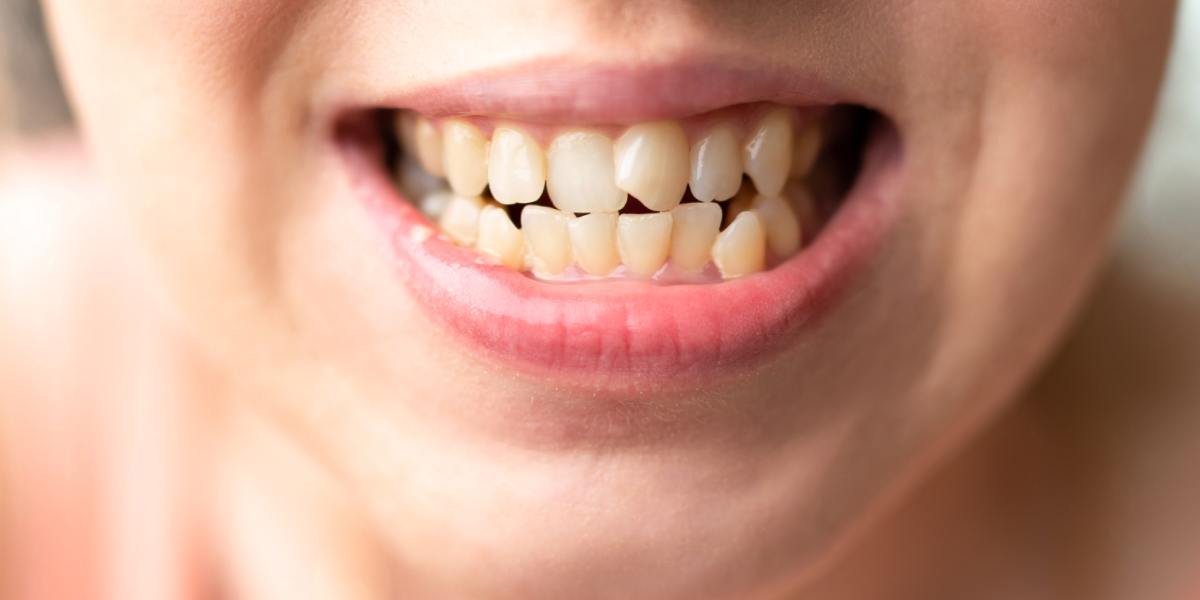
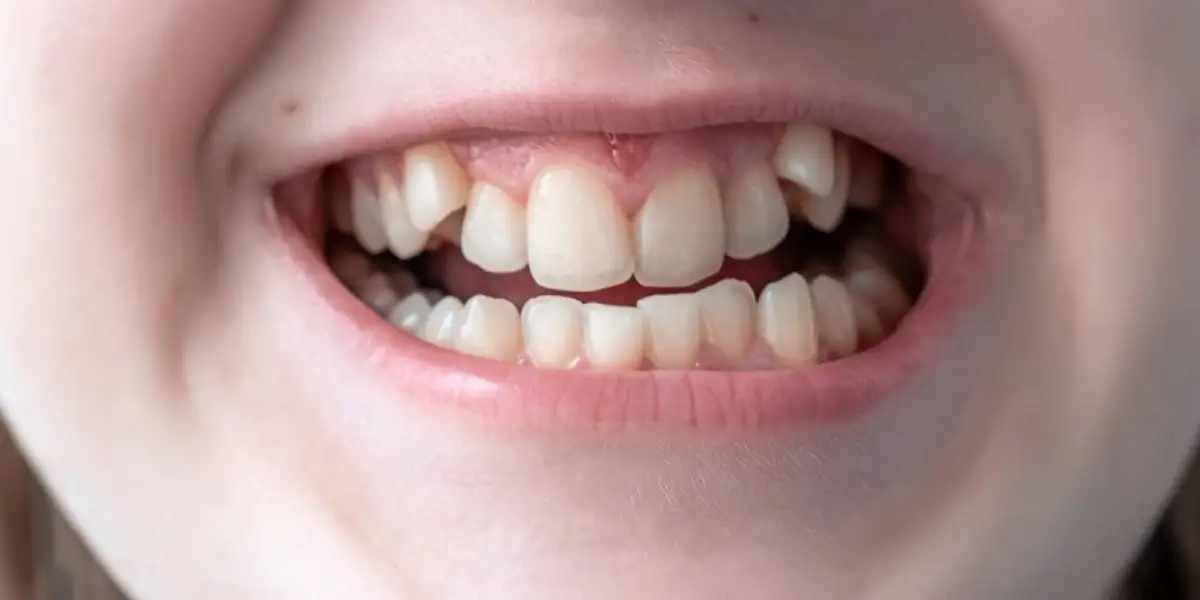
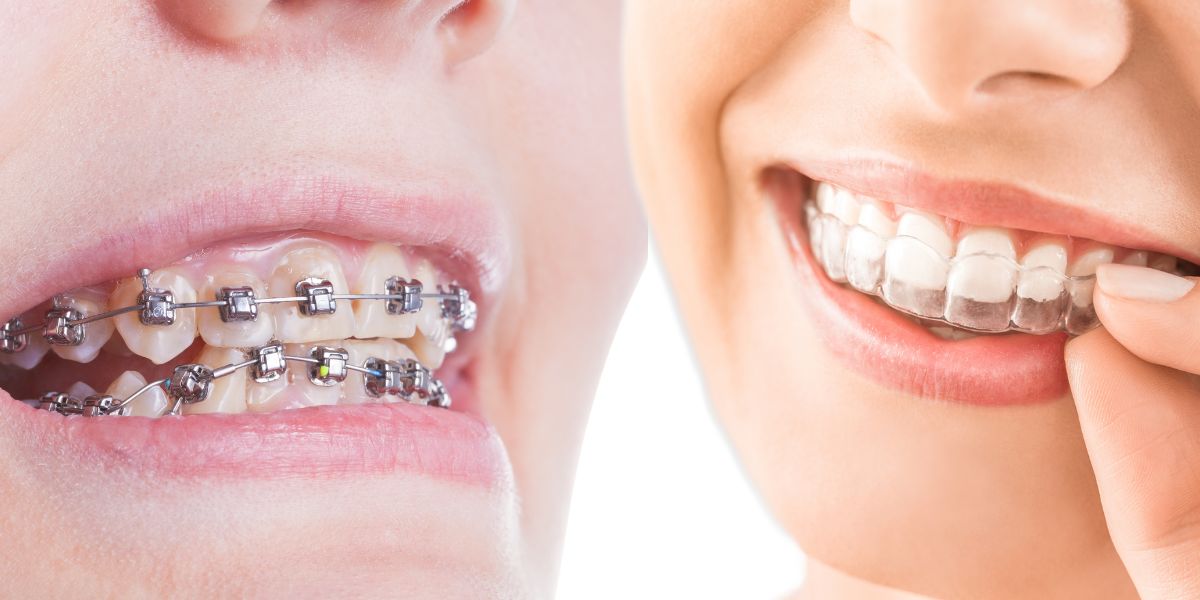
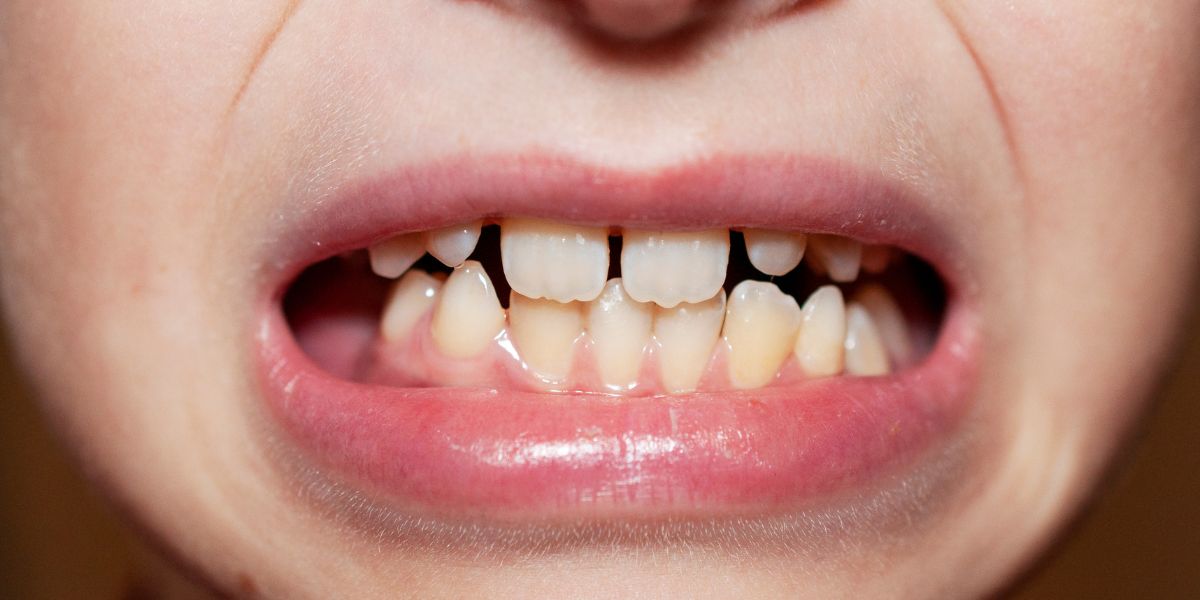
.jpg)
